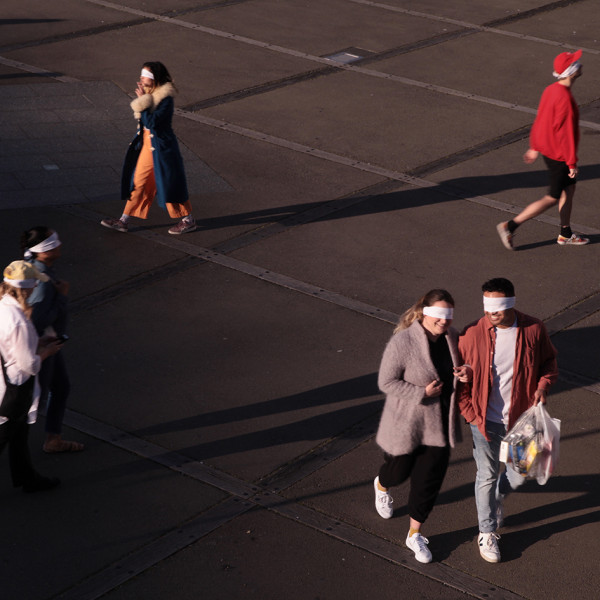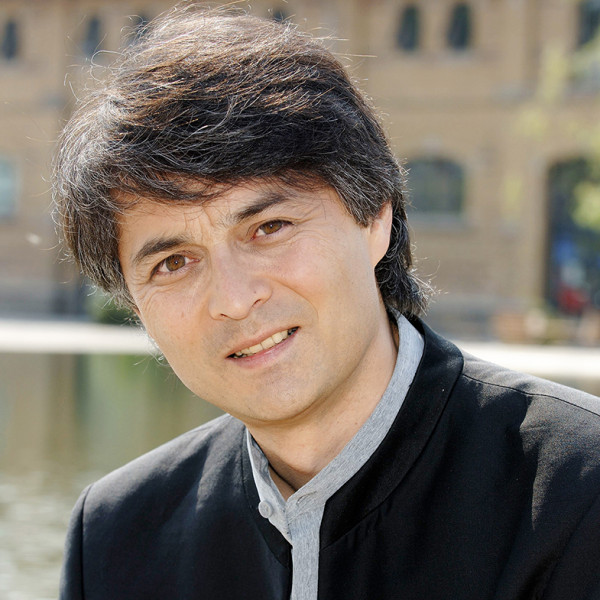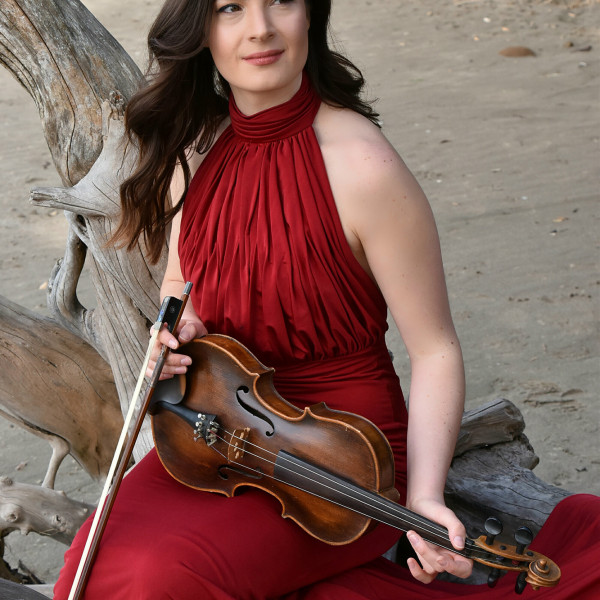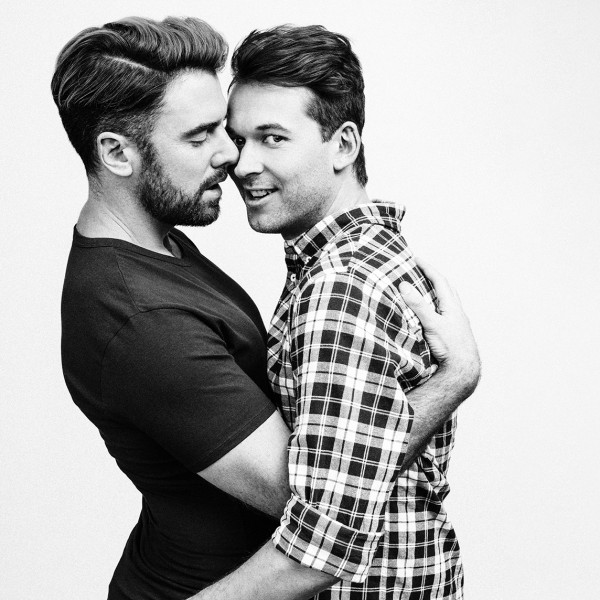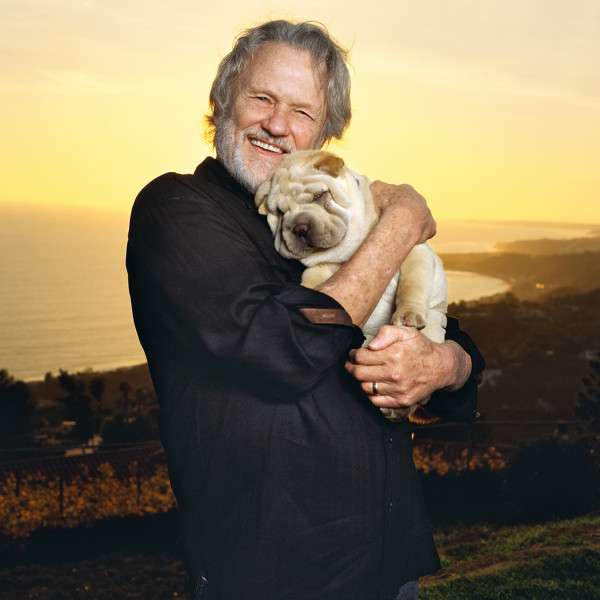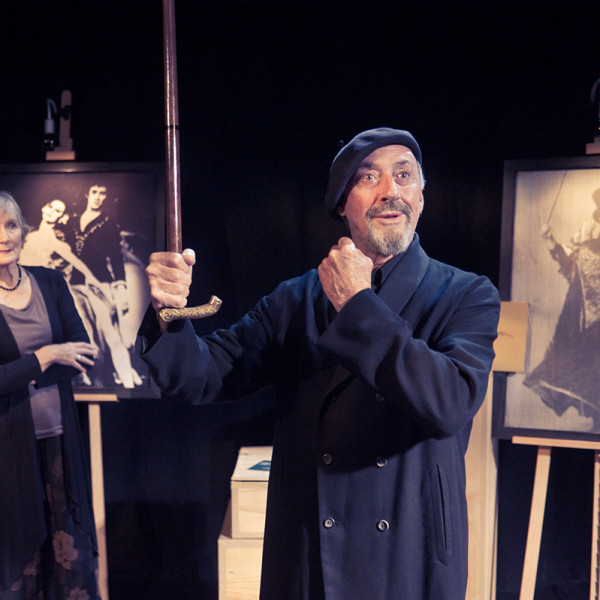
Meeting Karpovsky
Directed by: Sue Rider
Running at Circa Theatre until 16th Nov 2019
Reviewed by: Madelaine Empson
Sylvia (Helen Moulder) lives alone in a big empty house with a garden overrun by wisteria. Her daughter Anna has flown the nest to China, leaving behind boxes of her old things. With only her posters of the great dancer Alexander Karpovsky for company, Sylvia periodically clears the boxes, deciding which items to donate and which to keep. All the while, she chats to herself and of course, her posters, which depict Karpovsky in his various roles: Petrouchka, Widow Simone, Albrecht, and Herr Drosselmeyer, the magician in The Nutcracker.
It’s a fantastic set-up for a show and immediately reminds me of my own behaviour when going through such monotonous motions. Moving house, clearing out a wardrobe, re-arranging a bedroom… I always find a way to keep myself entertained, as does Sylvia. The beginning of Meeting Karpovsky beautifully represents the stock we put in possessions, too, with Anna’s clothes taking Sylvia back to another time and place.
Starting on such an earthly, relatable plane eases the audience into what turns into a whimsical fantasy when the real-live Karpovsky (Sir John Trimmer) arrives on the scene. With Karpovsky in the room the pace picks up. A gorgeous and powerful transition (original design by David Thornley, original lighting design by Phillip Dexter) begins to repeat with more and more frequency. Dance, song, and even mime are intricately woven into the work, adding electricity but never detracting from the story.
And yet, there are moments of such profound stillness. A mime performance from Trimmer playing Karpovsky playing the puppet Petrouchka brings a tear (well, a few tears) to my companion’s eye. As he gently binds Sylvia’s “dodgy ankle”, the audience holds its collective breath. The connection between the characters and the brilliant actors playing them touches many a chord.
Meeting Karpovsky is tender and sweet and filled with sorrow. At the same time, it’s funny and charming and a real cracker of a piece. It makes meaning out of grief and the aching longing for human connection. Bring a hankie.





